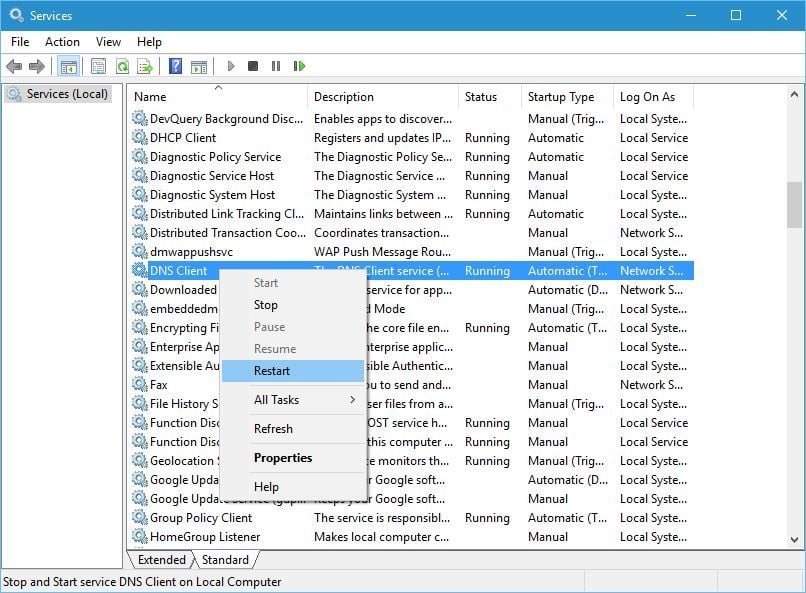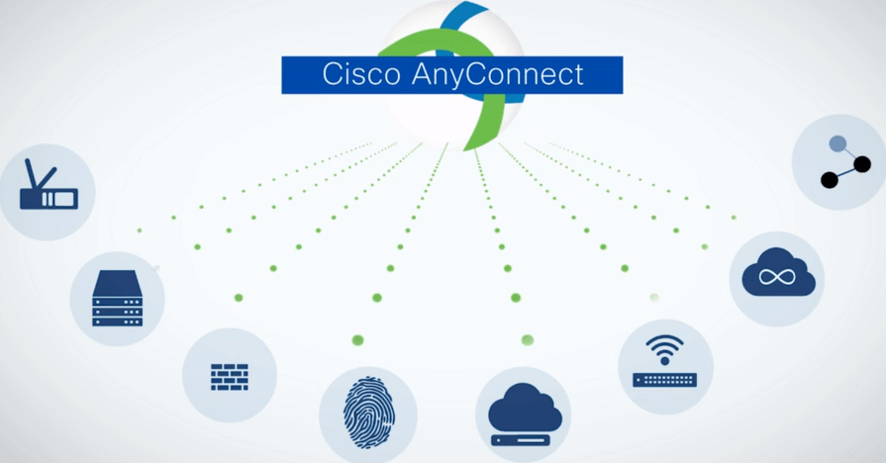Secure Mobility Client
Cisco's AnyConnect Secure Mobility Client is a Virtual Private Network (VPN) client that works on a wide variety of operating systems and hardware configurations. For more information about VPNs, see: Virtual Private Network at MIT. The new Cisco AnyConnect Secure Mobility Client and service will work under Mac OS X, Windows, and Linux. Feb 05, 2020 The AnyConnect client provides many options for automatically connecting, reconnecting, or disconnecting VPN sessions. These options provide a convenient way for your users to connect to your VPN, and they also support your network security requirements. Starting and Restarting AnyConnect Connections. These cookies are necessary for the website to function and cannot be switched off in our systems. They are usually only set in response to actions made by you which amount to a request for services, such as setting your privacy preferences, logging in or filling in forms.
| This article refers to the Cisco AnyConnect VPN. If you're looking for information on the Prisma Access VPN Beta that uses the GobalConnect app, see: Prisma Access VPN Landing Page. If you're not sure which service you're using, see: How do I know if I'm using the Cisco AnyConnect VPN or the Prisma Access VPN? |
On this page:

Primer
This guide will assist with the installation of the Cisco AnyConnect VPN client for Windows (Vista, 7, 8.1 and 10).
Installation

You need administrator level account access to install this software. When prompted with Windows UAC (User Access Control) you need to allow to install this software.
- Download the VPN installer from MIT's download page, Cisco AnyConnect VPN Client for Windows. Note:MIT certificates required.
- Find and double click the downloaded file named 'anyconnect-win-4.5.XXXXXX.exe', where XXXXXX is the sub-version number of the installer.
- On the following screen titled 'Welcome to the Cisco AnyConnect Secure Mobility Client Setup Wizard', click Next.
- When presented with the software license agreement, click I accept on the slide-down menu and click Next.
- Click Install when prompted (Note: the user must be an administrator of the machine to install).
Note: You may be warned the program comes from an unknown publisher and asked to confirm that you want to allow it to make changes to your computer. Click Yes to continue. - When installer begins installation you will see
- Click Finish when prompted to complete installation.
Connect
- Launch Cisco AnyConnect.
- Enter the address of the MIT Cisco VPN:
- Duo (two-factor authentication) required users must use: vpn.mit.edu/duo.
- Non-Duo (single-factor authentication): vpn.mit.edu
- Click Connect.
- When prompted, enter your MIT username and password.
- For Duo users, in the field labeled 'Second Password' you can enter one of the following options:
- push - Duo will send a push notification to your registered cell phone with the Duo Security mobile app installed
- push2 - Duo will send a push notification to your _second registered device with the Duo Security mobile app installed_
- sms - Duo will send anSMSto your registered cell phone; then enter that as your second password (you will fill out the login info twice with this method, first to get the sms code, then to enter it)
- phone - Duo will call your registered cell phone
- phone2 - Duo will call your second registered cell phone
- The one time code generated by your hardware token or the Duo Security mobile app (the code changes ever 60 seconds)
In this example, we've entered 'push' in the 'Second Password' field.
Sometimes methods with lag time, like Call, will time out before allowing you to complete Duo Authentication. SMS and one time codes generated by your hardware token (yubikey) or the Duo Security mobile app are the fastest methods and can help you avoid time-out issues.'How to call different devices'
If you have multiple devices that can use the same method, for instance two mobile phones or two phones that can receive phone calls, you can reference them by different numbers. For instance, to call the top device on your managed devices page (http://duo.mit.edu), you can use 'phone' (for the default) or 'phone1' to call the second phone, you can use 'phone2'.
- In this example, you will receive a push notification on your cell phone. Click Approve.
- Cisco AnyConnect should now present you with the MIT VPN banner and the VPN connection will complete.
See Also
Cisco AnyConnect Secure Mobility Client 4.6.02074 (x86/x64) | 359 MB
Information:
Cisco AnyConnect Secure Mobility Client – further development of AnyConnect VPN Client.
It is intended for creation of vpn-connections to cisco network devices using the SSL, TLS, DTLS protocols. Supports most modern platforms and operating systems, including mobile. Allows you to connect to firewalls such as Cisco ASAs or IOS devices (with some limitations). To support vpn on cisco devices, a corresponding license is required.
Supported platforms:
i386, amd64, powerpc
Supported OS:
Widows All 32 and 64 bit
Linux 32 and 64 bit
Apple MacosX i386
Mac OS X Support
The Web Security Module now supports these Mac OS X operating systems:
⢠Mac OS X v10.x (x86 32-bit and x64 64-bit)
Cisco Anytime Secure Mobility Client
Developer: Cisco Systems
Developer’s website: http://www.cisco.com/web/go/anyconnect
Bit depth: 32bit + 64bit
Compatible with Windows 7-10: full
Language: Multilingual (Russian is present)
Tabletka: Not required
System requirements: Windows:
Sufficient to run a supported OS on the platform used
